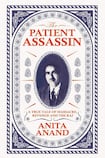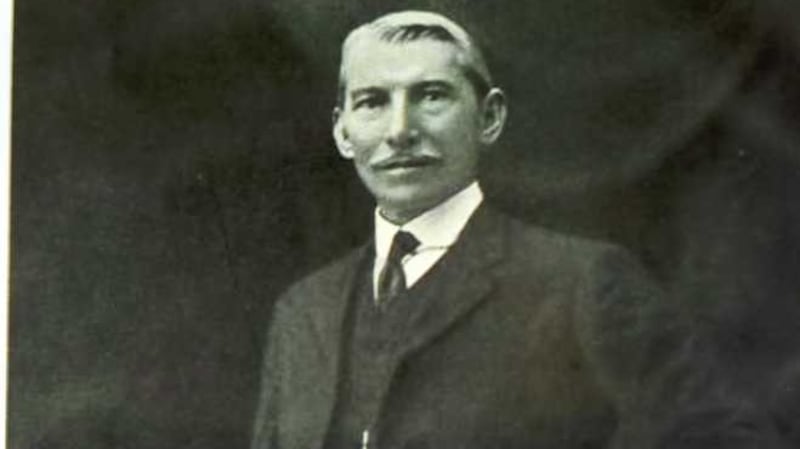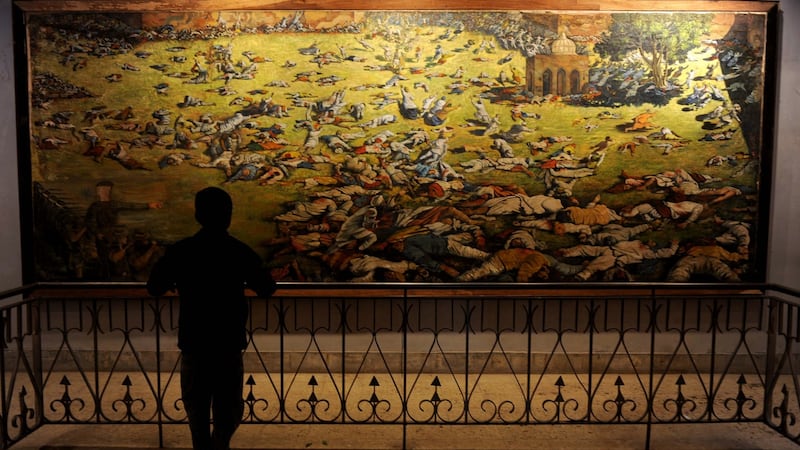
This is both a crime thriller and a historical study of what proved a crucial turning point in the British rule of India. The crime thriller ended with an assassination by an Indian, Udham Singh, of a top British Raj official, Sir Michael O’Dwyer, on a snowy day in March 1940 in Caxton Hall in the shadow of Westminster. But its origins lay in a crime committed by the British twenty years earlier in the heat and dust of Amritsar, the worst atrocity in the history of the Raj.
The British crime was committed by General Dyer who ordered his Indian soldiers to fire on a peaceful, unarmed, crowd which had gathered in Jallianwala Bagh to celebrate Baisakhi, the Sikh New Year, and also protest against draconian laws imposed by the British determined to deny Indians agitating for an Irish-style home rule.
The day after the massacre in another Punjab town he ordered the bombing of men, women and children...
Michael O’Dwyer, then governor of Punjab, enthusiastically supported Dyer’s action. And the day after the massacre in another Punjab town he ordered the bombing of men, women and children, with one plane even pursuing the fleeing peasants returning from their fields and machine gunning their homes. O’Dwyer in his memoirs justified this arguing it had saved the lives of Europeans as the British called themselves in India.
And here we come upon an aspect of the story which in this Brexit era has often been camouflaged. O’Dwyer came from Tipperary Catholic farming stock, considered Fenians as “thugs” or “hotheads” and was part of the many in Ireland, Scotland and Wales, who both supported the empire and profited from it. He liked Persian poetry and administering India, but did not like Indians and during his long sojourn in the country always ate food he had grown up with as a child in Ireland.

Once invited to a meal by a Maharajah he took his lunch of chicken and ham and, as he proudly narrated in his memoir, ate it “skilfully disposed among his innumerable dishes”. Nor did O’Dwyer conceal his belief in European racial supremacy arguing that, “The Indian of whatever class and way of thinking…prefer[s] that his case should be decided by a British official rather than by one of his own people”.
The author doubts this but feels that he was somewhere in Punjab and was driven by survivor's guilt to seek revenge.
His killer Udham Singh could not have been more different. A low caste Sikh, he lost his mother when he was three, his father when he was seven, was brought up in an orphanage and worked as a carpenter for the British Indian Army during the first World War then conquering Iraq for the empire. He returned with Rs 200 and his entire life was that of the classic drifter, never settling anywhere and even being jailed.
He wandered many European counties, lived for a time in California where he had two children with an American wife, who he abandoned, took shelter in a Sikh Gurdwara in Shepherd’s Bush in west London but also stole money from the collection plate saying he was taking money from the bank of Babaji, as Sikhs call the founder of their religion, Guru Nanak. He adopted many names, at the time of the assassination he claimed to be Mohammed Singh Azad, and even acted as an extra in the film Elephant Boy.
One claim cannot be verified. That he was in Jallianwala Bagh on the day of the shooting. The author doubts this but feels that he was somewhere in Punjab and was driven by survivor’s guilt to seek revenge.
Reuters agreed to "not to report anything politically incendiary, nor to connect Udham's act with the freedom struggle in his country or the massacre."
For a man who was so keen to kill O’Dwyer he could be very casual and in the weeks leading up to the murder gave many clues which the British, despite having a large, well-staffed secret service exclusively devoted India, failed to pick up. Udham himself could have done more damage and killed not only O’Dwyer but Lord Zetland, Secretary of State for India, and two former British governors of India all of whom were in Caxton Hall to listen to a lecture on Afghanistan. But he had chosen the wrong bullets for his gun.
The British, worried Udham might use the dock to talk of Indians wanting to get rid of the British, neutered the press. Reuters, the agency which was the source for most newspaper reporting of the trial, agreed, says the author, “not to report anything politically incendiary, nor to connect Udham’s act with the freedom struggle in his country or the massacre.”
The BBC was already on board. Reporting O’Dwyer’s assassination it airbrushed the Amritsar massacre, saying that troops had been called out to deal with Indian mobs attacking banks and killing Europeans with the result that “ a number of natives were killed.”

The authorities also made sure Udham’s defence was led by an Englishman who was felt easier to influence. While the prosecution called twenty-four witnesses, the defence only Udham. Neither side made any mention of the Jallianwala Bagh massacre or Udham’s political connections, keen to present this as an act of a lunatic. Udham himself took little interest in his defence and tried to kill himself. It helped that Gandhi had denounced the “act as one of insanity”.
More than thirty years after Udham Singh was hanged in Pentonville Prison the Indian view of the killer changed dramatically. His body was taken back in a specially chartered plane where, says the author, he was welcomed in a manner befitting a “head of state”. In 1940 Jawaharlal Nehru had regretted O’Dwyer’s death. Now his daughter Indira Gandhi , who was Prime Minister, received the body and “ a thick carpet of wet petals guided his way to the capital”.
His body toured the entire province of Punjab, a stamp was issued in his honour and his statue built just outside Jallianwala Bagh. It illustrated how conflicted India remains about how it won freedom. Gandhi the apostle of non-violence is the father of the nation but men of violence are also deified. But the British are also conflicted. Both the Queen and the David Cameron, when Prime Minister, have visited the memorial at Jallianwala Bagh but neither apologised.
On the day of the massacre Anita Anand’s grandfather could have been at Jallianwala Bagh but for being on errand. She combines interesting details with forensic research and an eye for colour making this little told story into a page turner.

